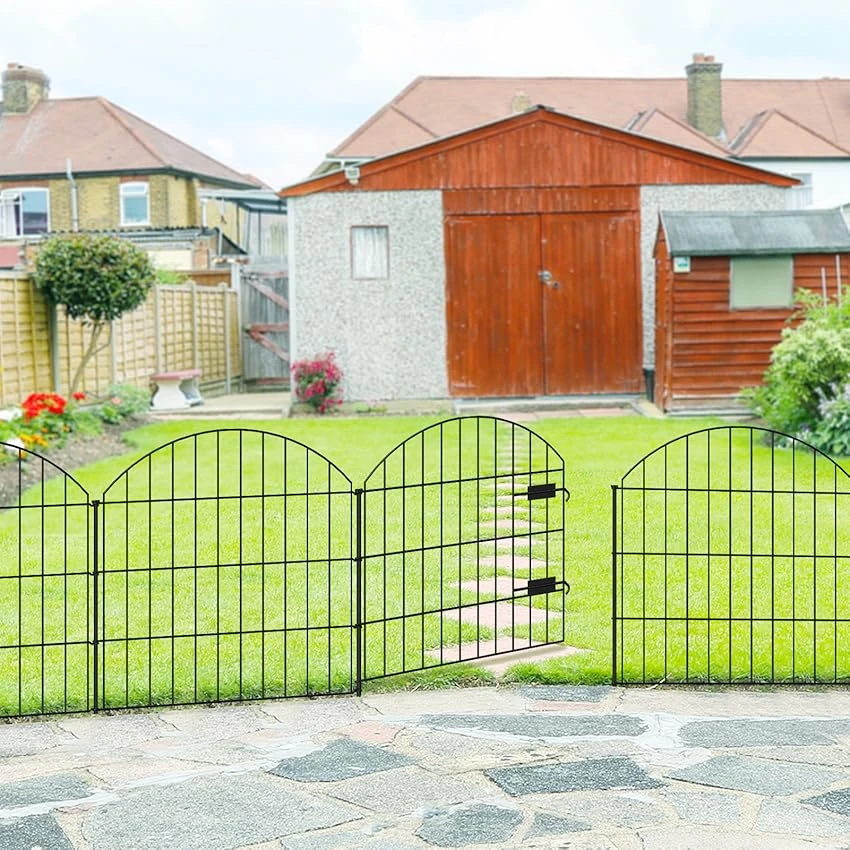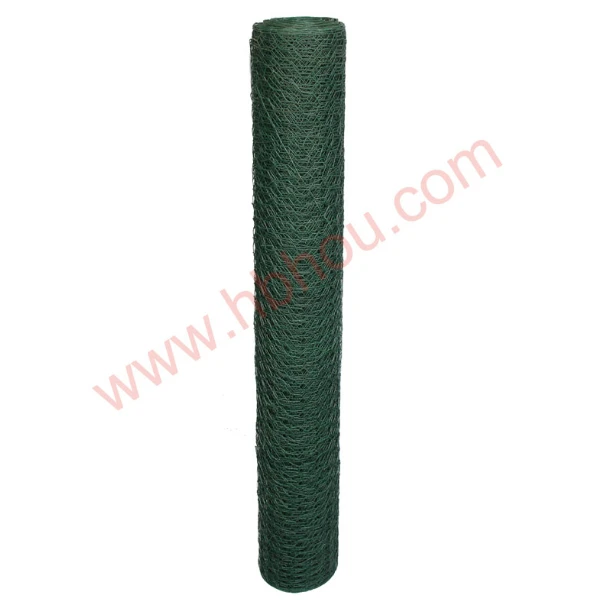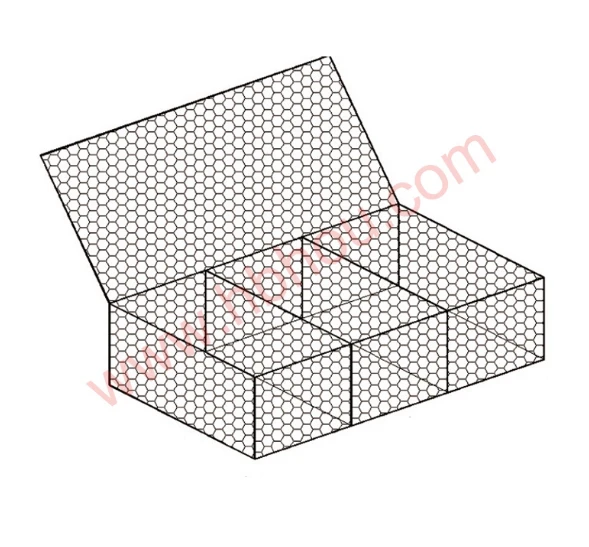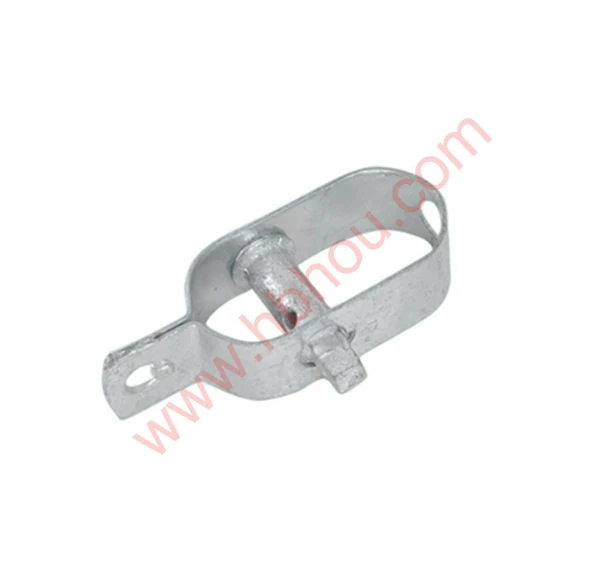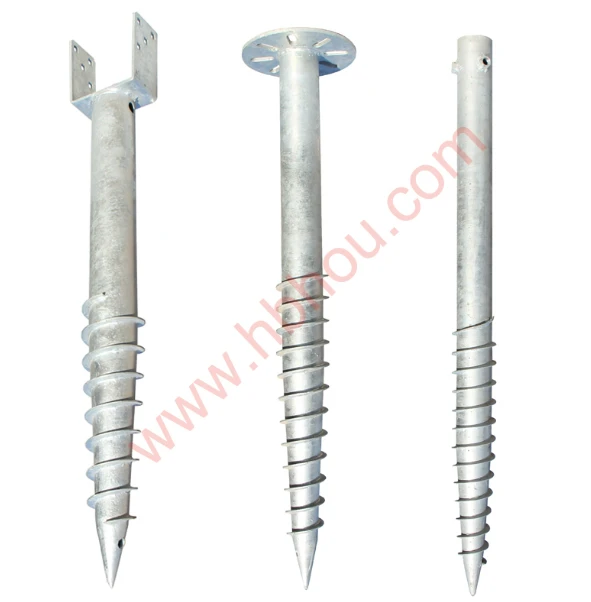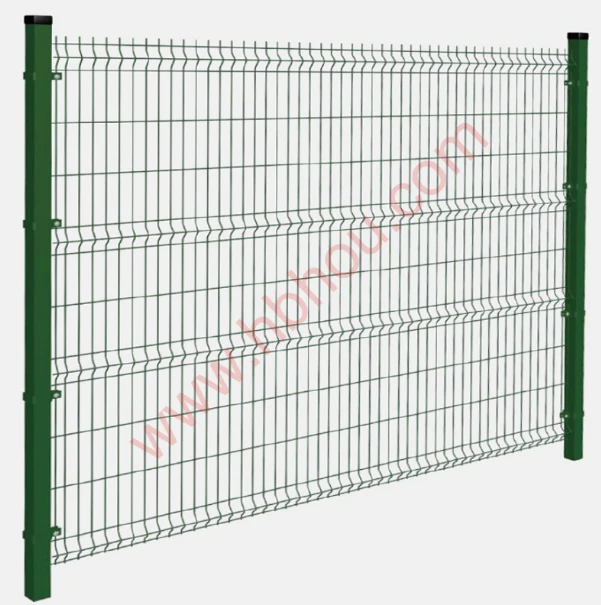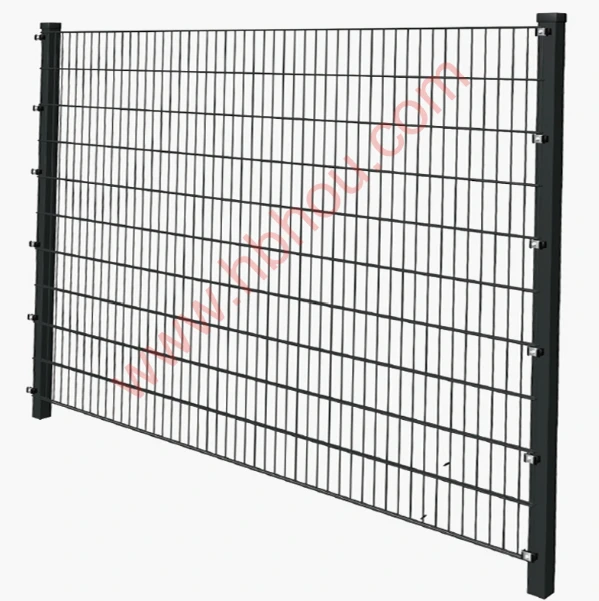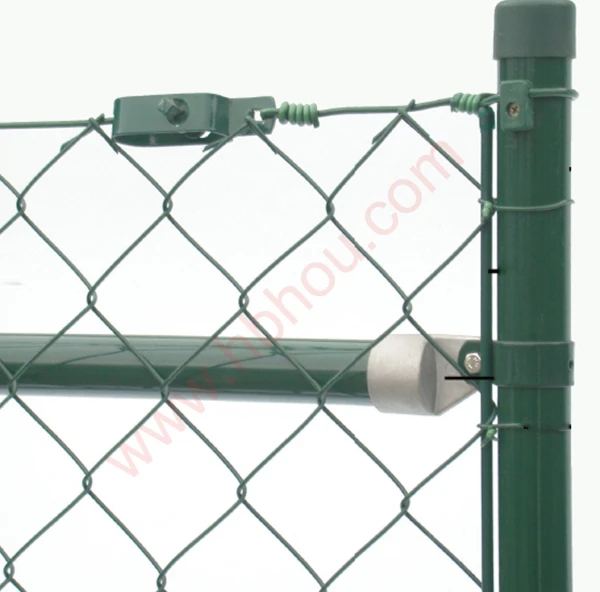Gabion Wall Retaining Walls A Sustainable Solution for Soil Erosion
Gabion walls have emerged as a popular and sustainable solution for various construction and landscaping challenges, particularly for soil erosion control and retaining wall applications. Made from wire mesh cages filled with stones, rocks, or other materials, these versatile structures offer numerous advantages over traditional retaining walls, making them an increasingly attractive choice for engineers, landscapers, and environmentalists alike.
Understanding Gabion Walls
Gabion walls consist of rectangular wire mesh cages that can be stacked in various configurations to create walls, barriers, or even decorative features in landscaping. Initially used in military applications for flood protection, gabions have evolved into a multifunctional building material used for retaining walls, slope stabilization, and erosion control. The fill material, often consisting of local stones or recycled materials, promotes drainage while providing stability and strength.
Benefits of Gabion Walls
1. Erosion Control One of the primary functions of gabion walls is to prevent soil erosion. The porous nature of the wire mesh allows water to flow through, reducing pressure build-up behind the wall and minimizing the risk of failure. This is particularly vital in areas prone to heavy rainfall or runoff.
2. Environmental Sustainability Gabions are an eco-friendly choice. They can be filled with locally sourced stones or recycled materials, reducing the need for transportation and minimizing carbon footprints. Additionally, with time, vegetation can grow within the cages, enhancing local biodiversity.
gabion wall retaining wall
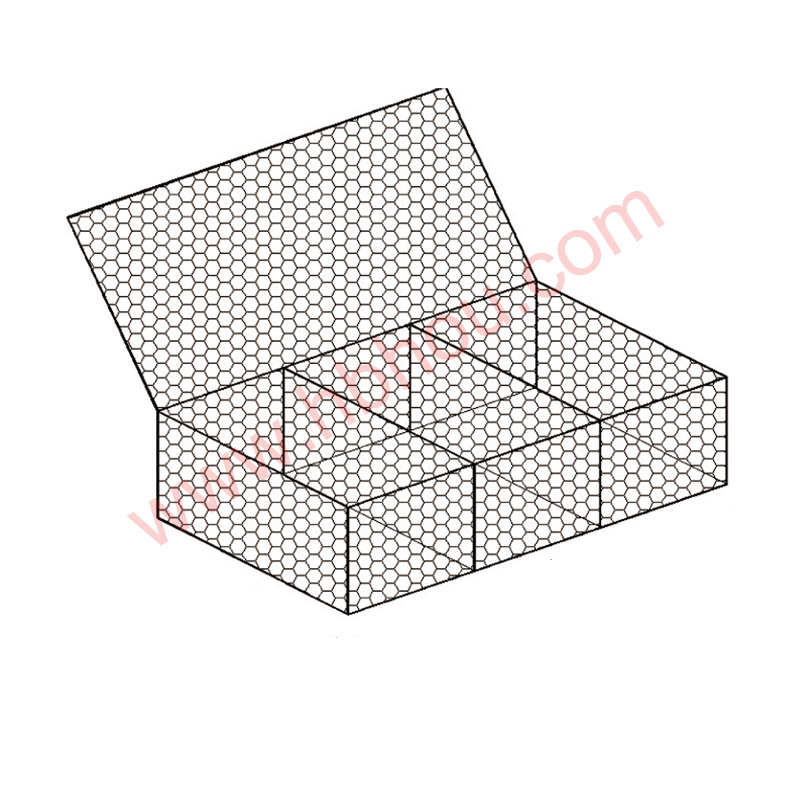
3. Cost-Effectiveness Compared to traditional concrete retaining walls, gabion walls can be more cost-effective, particularly in remote locations where transportation of materials can be expensive. The materials used for gabion fill may often be sourced locally, lowering overall project costs.
4. Aesthetic Appeal Gabion walls can be designed to blend seamlessly into natural landscapes. The stone fill can vary in color, size, and texture, allowing for unique design possibilities. Additionally, as plants grow in and around the structures, they can create a beautiful, natural appearance.
5. Flexibility and Durability Gabion walls are incredibly flexible, accommodating shifts in the ground without cracking. Their design allows for drainage, which significantly reduces the risk of water accumulation behind the wall. This durability ensures that gabion walls can withstand harsh weather conditions and long-term wear.
Applications of Gabion Walls
Gabion walls are utilized in multiple settings, from rural to urban environments. They can serve as retaining walls on steep slopes, preventing landslides and maintaining structural integrity. In residential landscaping, gabions can be used to create terraces, garden beds, and seating areas, integrating functional design with aesthetics. Additionally, they are often seen in civil engineering projects for riverbank stabilization, noise barriers, and flood control measures.
Conclusion
In conclusion, gabion walls represent a forward-thinking, sustainable solution for addressing various landscape and engineering challenges. Their unique combination of strength, environmental responsibility, cost-effectiveness, and aesthetic versatility positions them as an attractive option for anyone looking to combat soil erosion or improve the stability of slopes. As the focus on sustainability continues to grow in the construction industry, the popularity and applications of gabion walls are likely to expand, paving the way for greener and more resilient infrastructure solutions.









